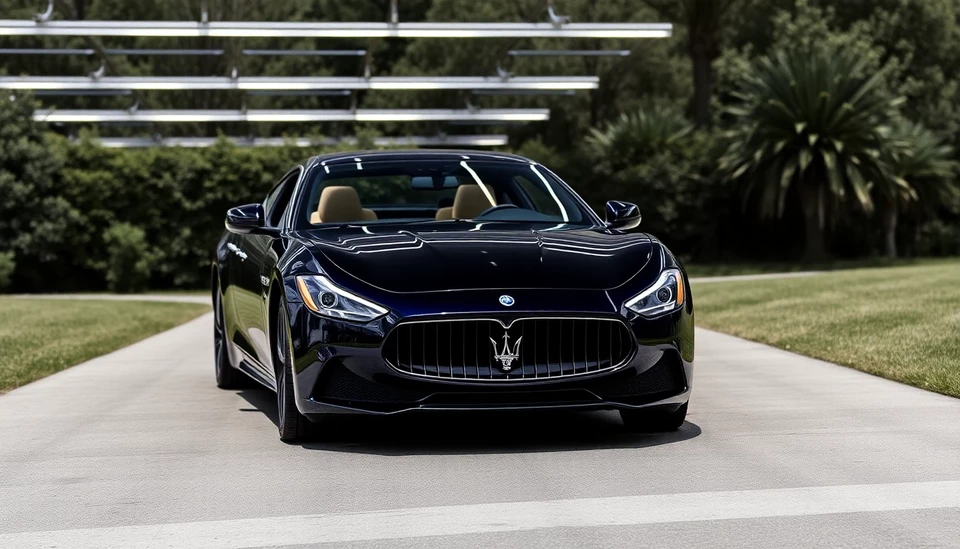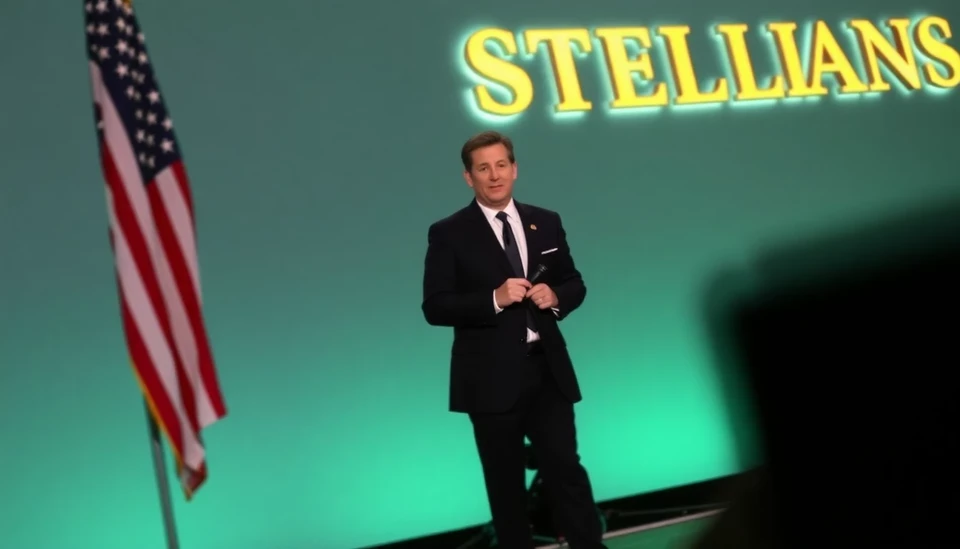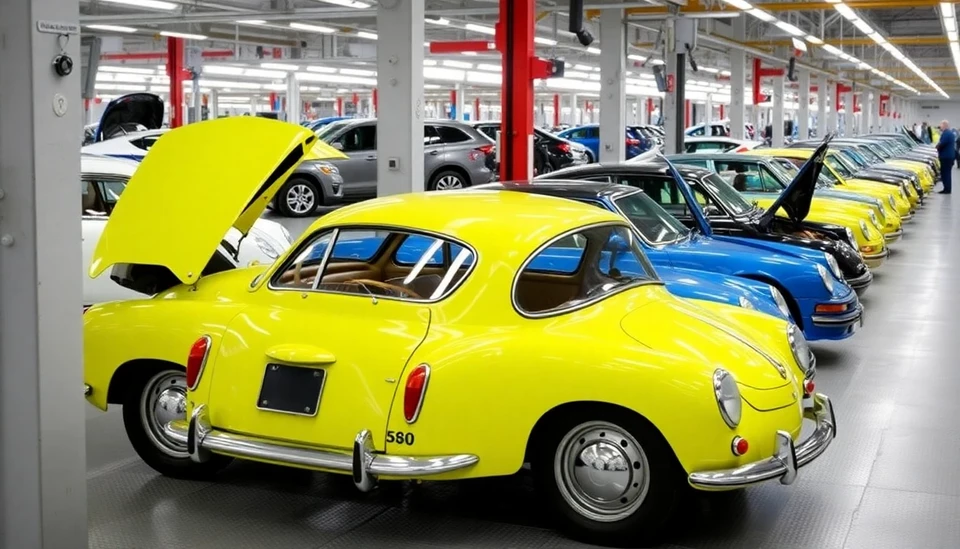
In a significant move to optimize manufacturing operations, Stellantis, the multinational automotive manufacturing corporation, has announced plans to shift Maserati output to an underutilized plant in Italy. This decision comes as part of the company's strategy to leverage existing resources and enhance production efficiency as demand for luxury vehicles continues to evolve.
The announcement highlights Stellantis' ambitions to maximize the potential of its Italian facilities, which have not been operating at full capacity in recent years. By transferring Maserati production to this lesser-used plant, Stellantis aims to streamline operations and improve the overall performance of its luxury brand, renowned for its high-quality vehicles and exquisite design.
Industry analysts view this strategic shift as essential for maintaining Maserati's competitive edge in the global automotive market. With increasing competition from other luxury car manufacturers, Stellantis recognizes the need to adapt its production strategies to better meet consumer demand and market trends. The decision to relocate production reflects a broader trend among automotive manufacturers to reassess and optimize their production networks for efficiency and sustainability.
The plant selected for the Maserati output shift has historically been underutilized, and this move is expected to rejuvenate its operations while creating new job opportunities in the region. Stellantis is committed to supporting local economies and ensuring the growth of high-skilled labor in its manufacturing sites across Italy.
This transformation also aligns with Maserati’s ambitions to expand its lineup and introduce new models aimed at attracting a younger customer base. By consolidating production, Stellantis is poised to enhance delivery efficiencies, reduce operational costs, and potentially increase profitability in the luxury segment, which is crucial for the company as a whole.
With the automotive landscape constantly changing, Stellantis' proactive approach to refining its production capabilities demonstrates its responsiveness to market demands. The shift in Maserati production not only reflects strategic business moves but also a commitment to sustainability, providing an opportunity for the underused plant to thrive anew.
This announcement represents a vital chapter in Stellantis and Maserati’s ongoing evolution as they strive to solidify their positions in both luxury and environmentally-friendly automotive sectors in an increasingly competitive market.
Overall, this decision positions Stellantis to navigate the complexities of the luxury automobile market with greater foresight and adaptability, ensuring that both Maserati and its manufacturing facilities evolve in tandem with shifting consumer preferences.
As the automotive industry continues to evolve, Stellantis’ strategic decisions will play a pivotal role in shaping the future landscape of luxury vehicles and sustainable automotive practices.
#Stellantis #Maserati #AutomotiveNews #LuxuryCars #ItalianManufacturing #Sustainability #ProductionShift #CarIndustry
Author: Samuel Brooks




